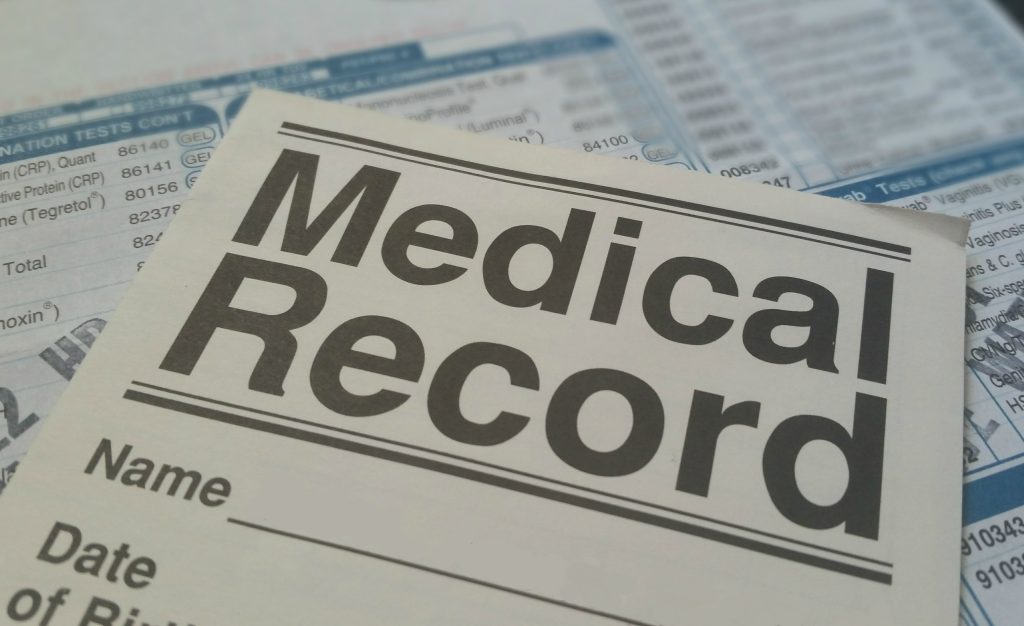When one enters the hospital in times of a medical emergency, they hope that they will receive the highest standard of care possible. Often there can be uncertainty, however, as to what the threshold is for the highest acceptable standard of care. In an emergency, it can also become unclear what treatment was received exactly.
What does “not charted, not done” mean, and how does it apply to medical negligence cases in Louisiana? This very issue arose recently at the Louisiana Court of Appeals recently when the testimony of a doctor at Lakeland medical center conflicted with his documented treatment of a patient who subsequently died.
Wonica Royal died on April 1, 2003, after she had been discharged from Lakeland hospital. When Ms. Royal presented to the emergency room there had been no nurse at the triage desk. Dr. Juan Blanch, an emergency room physician, was at the desk, however, and he performed the assessment of Ms. Royal. Ms. Royal was administered breathing treatment and antibiotics and discharged on the same day in “good condition.” The next day she died of a pulmonary embolism.
Ella J. Royal brought a case for damages on behalf of Wonica Royal’s children. Several issues were at the heart of this case. It was alleged that Dr. Blanch had not documented Ms. Royal’s treatment. It was also alleged Royal’s respiratory rate was not addressed adequately on the chart and there was no evidence that Dr. Branch had requested a pulse oximetry reading. Questions also arose as to whether it was negligence that no nurse had been at the triage desk, and whether the hospital could be held liable when Dr. Blanch had been working as a contractor.
A medical review panel ensued as is required under Louisiana law before any medical malpractice case can start. At the medical review panel, it was determined that the hospital had failed to comply with an appropriate standard of care as there was no record of a pulse oximetry reading. The Royals argued that the maxim “not charted, not done” should apply. This meant that if a procedure was not charted then it could not be argued that it was done by the medical provider.
At trial, however, Dr. Blanch testified that he had an independent recollection of March 31, 2003. He had staffed the triage desk while the nurse went to the cafeteria. Dr. Blanch stated he had used a machine in triage to test blood pressure, pulse, temperature, and oxygen saturation for Ms. Wonica Royal. While he stated that her oxygen levels were not in the records as he did not have access to the computer at the triage desk, he was certain that he tested them and that they were over 95%.
According to Dr. Blanch, “not charted, not done” is associated with billing and not a standard of care. His argument was further supported by the testimony of another medical expert, Dr. Cvitanovich. Dr. Blanch additionally testified that he typically recorded treatment on a “T-Sheet” which he forgot to do.
The Royal lawsuit continued on after the medical review panel on to trial wherein Dr. Branch argued he performed the pulse oximetry test. After trial, the District Court dismissed the Royals lawsuit finding in part that the Royals failed to show that the hospital owed a duty to perform and document the pulse oximetry testing on arrival. They appealed the judgement in part on the basis that the district court erred in concluding Dr. Blanch performed the pulse oximetry test. They argued that his testimony did not overcome the fact it had not been documented.
On appeal, a “manifest error” must be found in fact finders’ determinations. See Stamps v. Dunham, 2007-0095, p. 4 (La. App. 4 Cir. 9/19/07), 968 So.2d 739, 743. The determination of an expert’s credibility is a factual question subject to the manifestly erroneous/clearly wrong standard of review. See Martin v. East Jefferson General Hosp., 582 So.2d 1272, 1277 (La. 1991). The appeals court reiterated that when a jury has decided upon conflicting expert opinions, a manifest error can never be found in that choice. See McCarter, 2009-1508 at p. 5, 44 So.3d at 347.
In their argument in support of the “not charted, not done maxim”, the Royals cited Smith v. State Through Dep’t of He alth & Human Res., 517 So.2d 1072, 1076 (La. App. 3 Cir. 1987), writ granted, 519 So. 2d 107 (La. 1987). The court chose to distinguish this case, however, on the basis that the Smith case does not equate the phrase “not charted, not done” with the standard of care; rather, the court had held that if a nurse did not recall a patient the best evidence would be documentation on the chart.
alth & Human Res., 517 So.2d 1072, 1076 (La. App. 3 Cir. 1987), writ granted, 519 So. 2d 107 (La. 1987). The court chose to distinguish this case, however, on the basis that the Smith case does not equate the phrase “not charted, not done” with the standard of care; rather, the court had held that if a nurse did not recall a patient the best evidence would be documentation on the chart.
The Louisiana Court of Appeal Appeals upheld the Court’s decision that the hospital was not negligently liable for the death of Ms. Wonica Royal. From this decision, it can be deduced that a standard of “not charted, not done” does not necessarily apply to Louisiana Medical Malpractice cases.
Additional Sources: ELLA J. ROYAL, ET Al. VERSUS LAKELAND MEDICAL CENTER, L.L.C., AND ITS INSURER, HEALTH CARE INDEMNITY, INC., AND LOUISIANA PATIENTS’ COMPENSATION FUND
Written By Berniard Law Firm
Other Berniard Law Firm Articles on Standard of Care Legal Issues in Louisiana Medical Malpractice Cases: Medical Malpractice Case Shows Importance of Laws, Standard of Care Governing Civil Suits
 Louisiana Personal Injury Lawyer Blog
Louisiana Personal Injury Lawyer Blog

